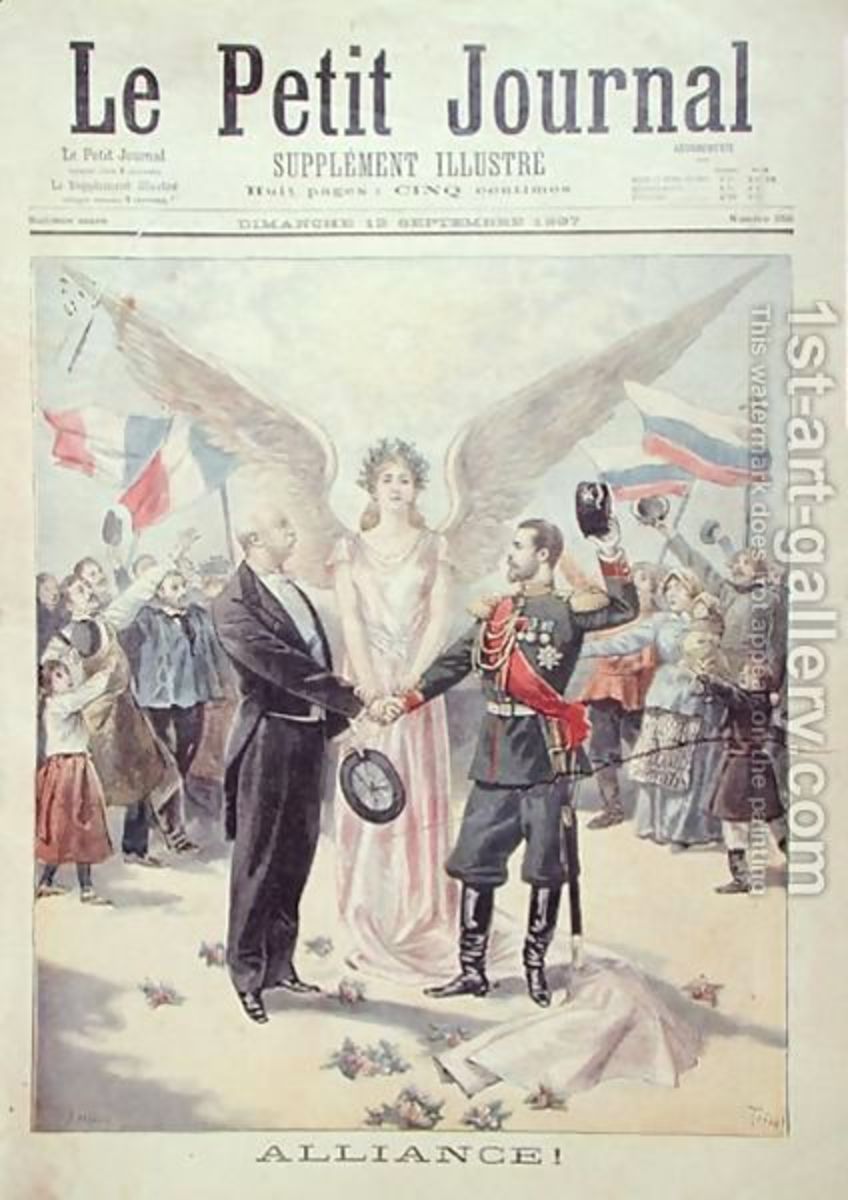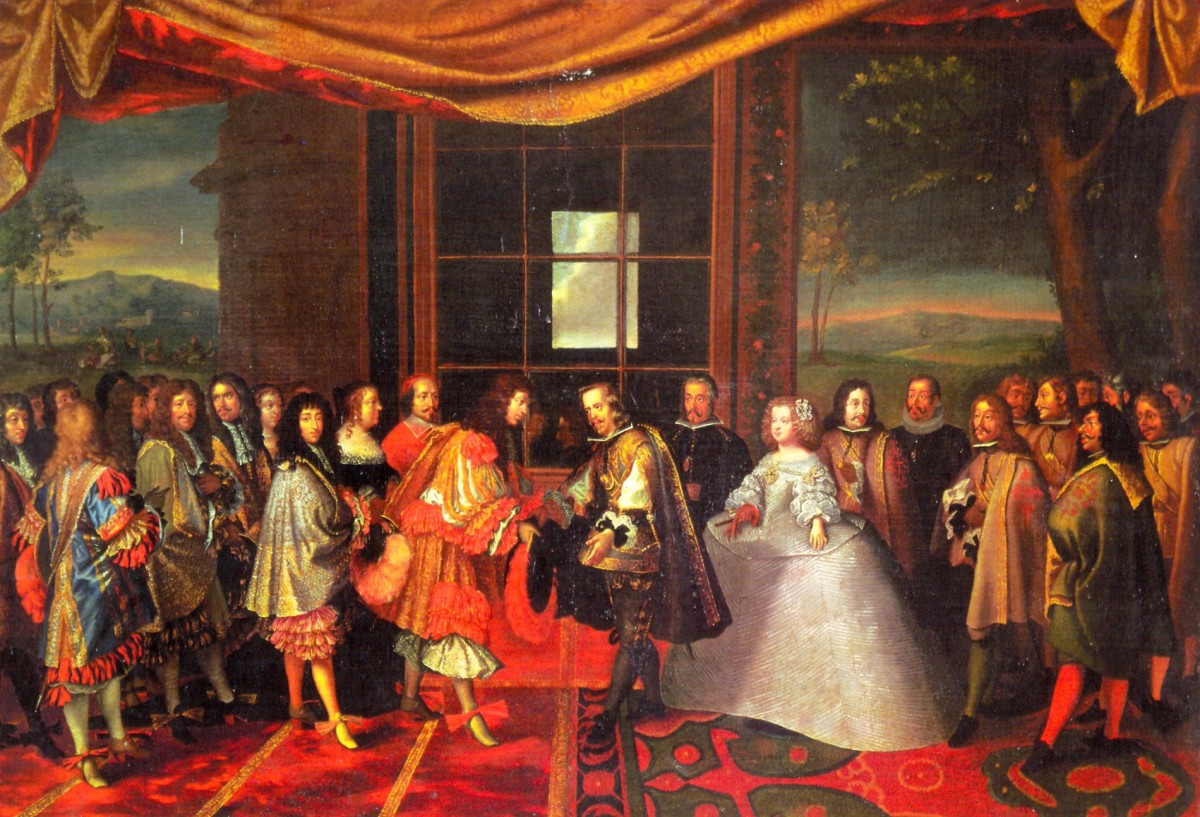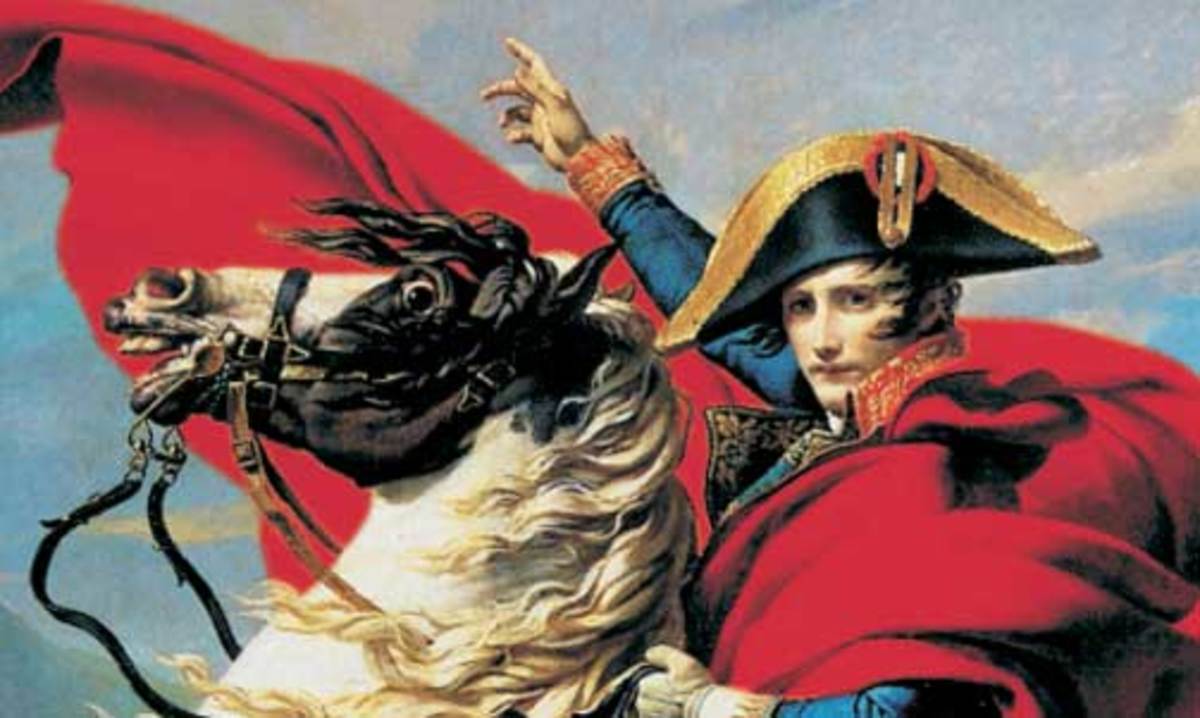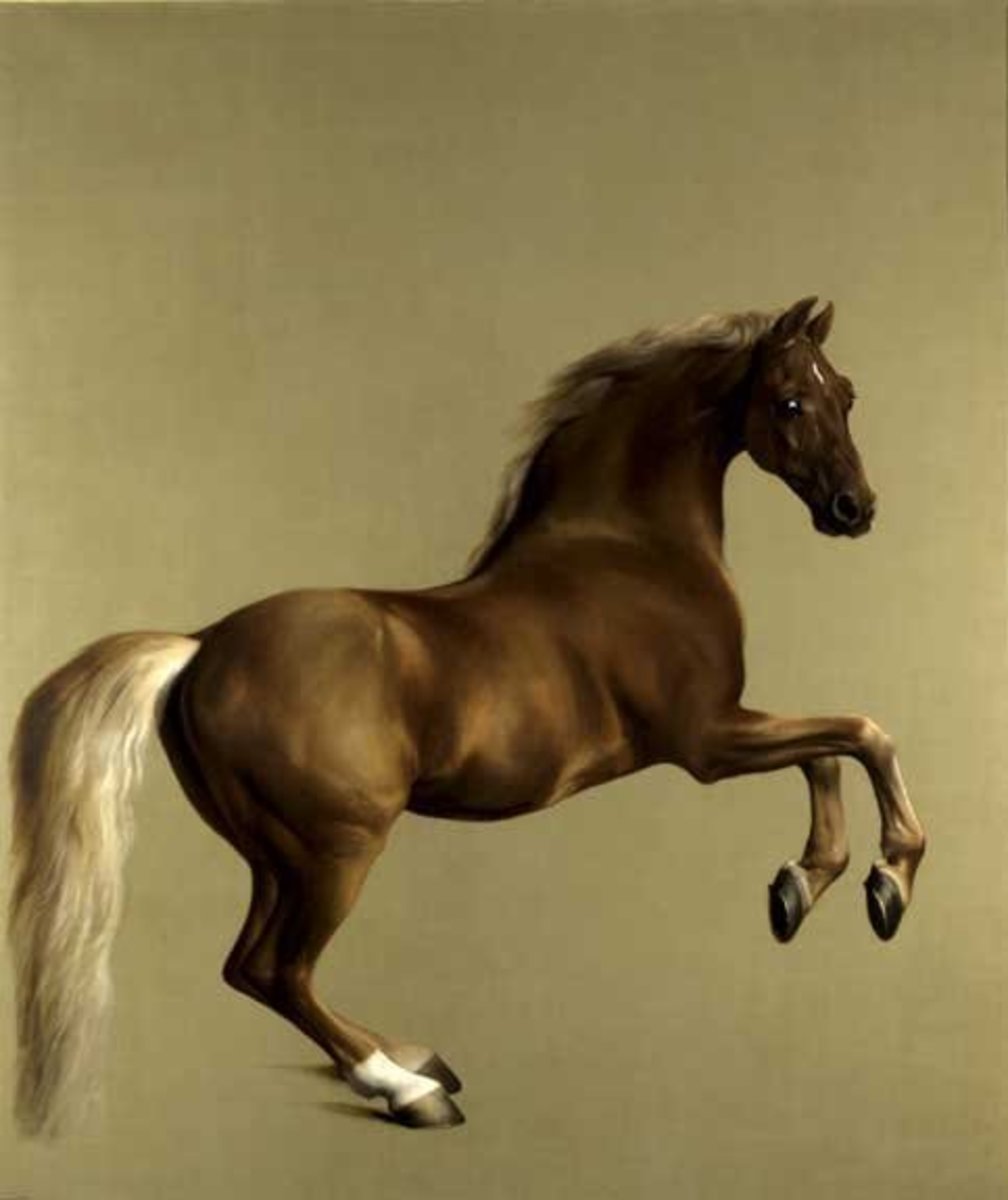Neo-Classical vs. Romanticism
The Departure from the Island of Cythera
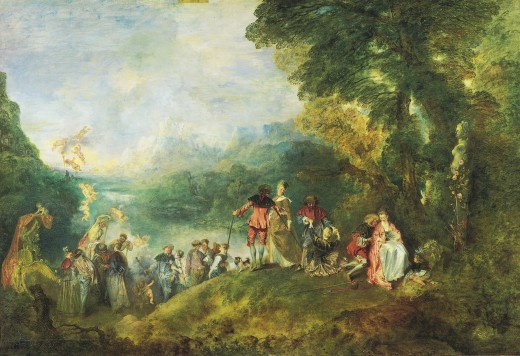
Hotel de Soubise
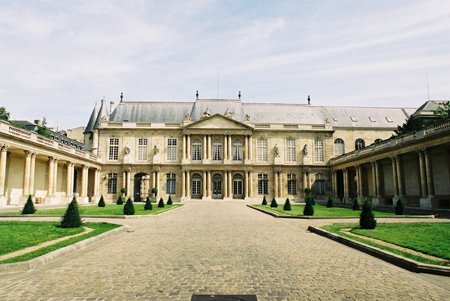
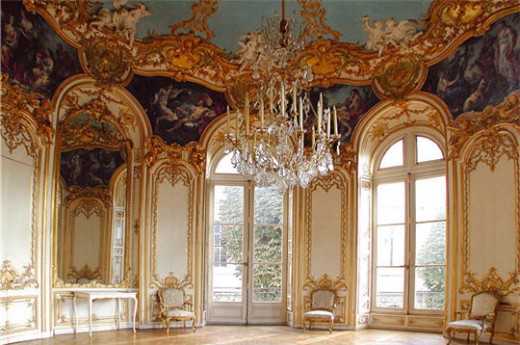
La Madeline
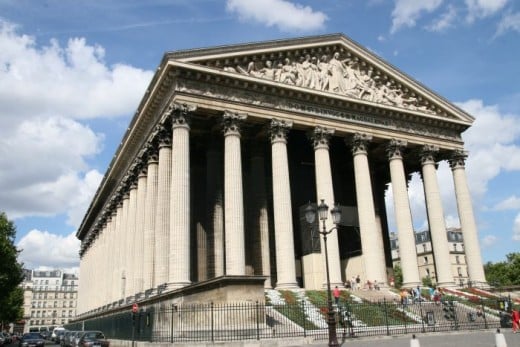
Battle of Eylau
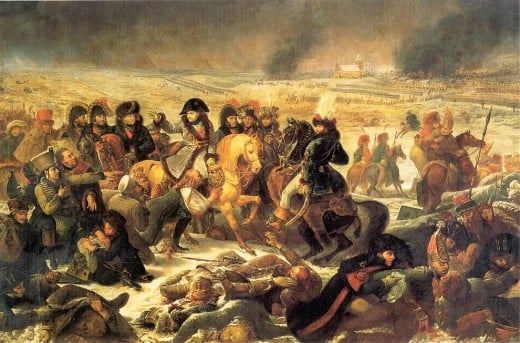
The Oath of the Tennis Court
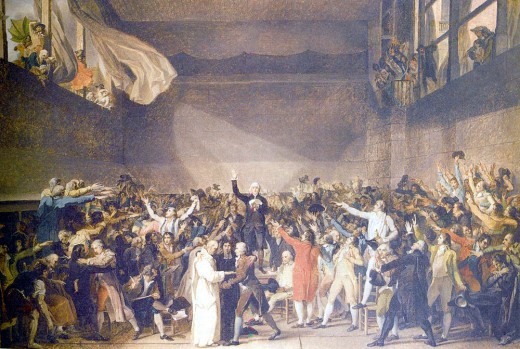
Liberty Leading the People
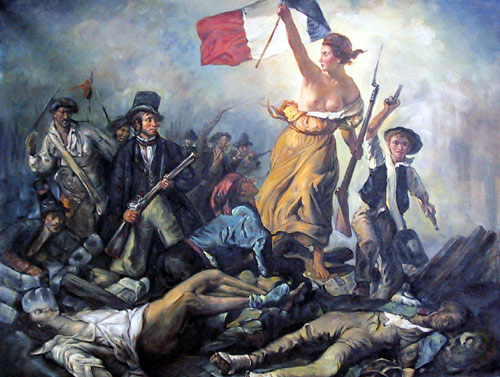
Oath of the Horatii
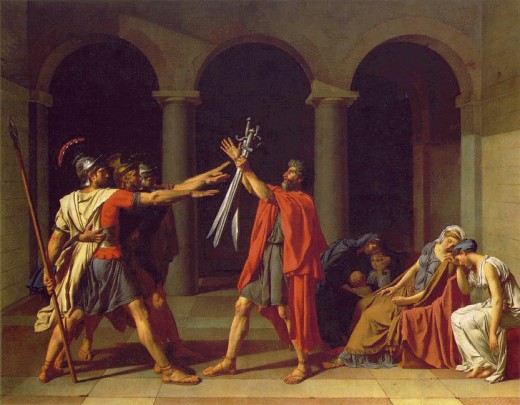
Sabine Women
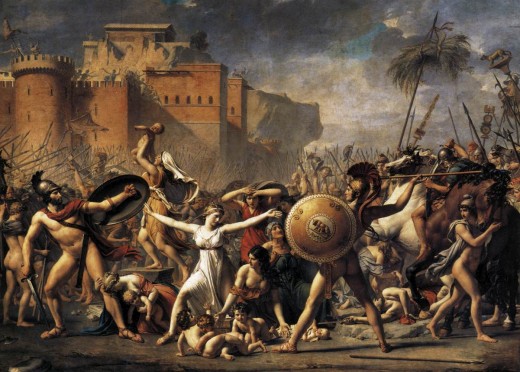
The Disasters of War
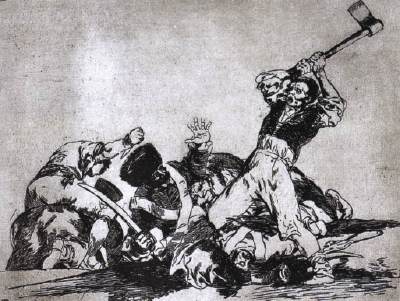
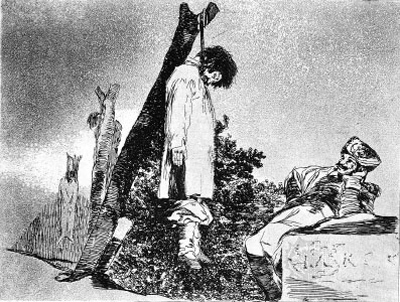
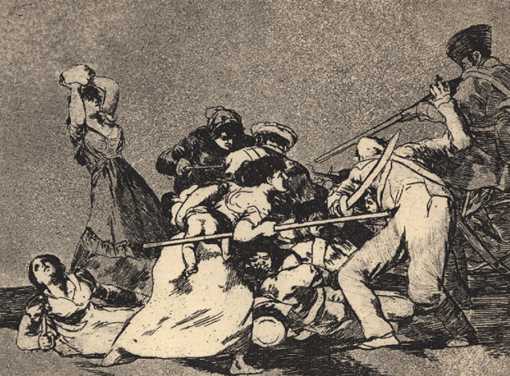
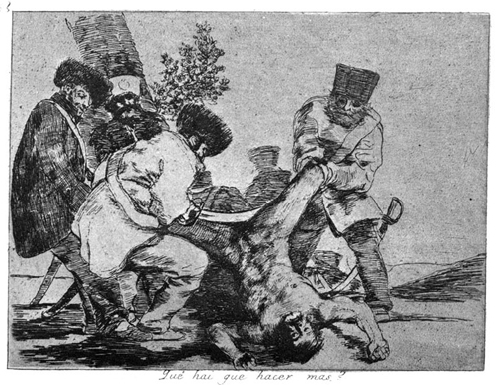
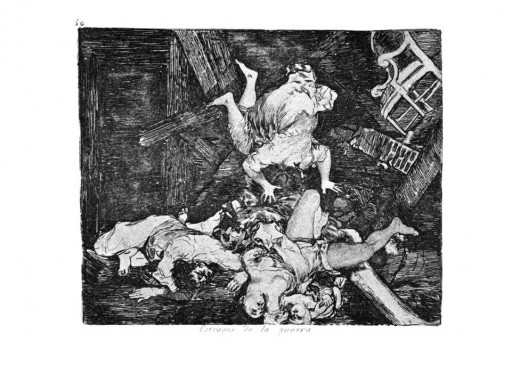
Age of Reason vs Age of Passion
The Departure from the Island of Cythera by Antoine Watteau, created in 1717, depicts the departure from the birthplace of Venus. Watteau symbolizes the brevity of love with the departure instead of an arrival to the island. It captures the new mood; a more sentimental view of nature than the strict and controlling nature shown during King Louis XVI's reign. This new attitude includes less formality, no restraints, freedom and more poetry. Starting in England, the informal, picturesque, and spontaneous garden was seen as an expression of English liberties. Previously, the French garden was displayed as a reflection of authoritarian system of government. However, the death of King Louis XVI symbolized the end of absolute monarchy. Therefore, the microcosm of the garden could read the beliefs about the world at large.
Hotel de Soubise by Pierre-Alexis Delamair, starting in 1704, resides in Paris, France. The French aristocracy moved from Versailles to Paris and built large, extravagant town houses. With plain facades but intensely furbished and decorated interiors, the French aristocracy entertained themselves, oblivious to the outside society. Complete with gold accents and in a style called rococo, the elaborate and encrusted ornaments became associated with the art of taste in pre-revolutionary society.
The church La Madeline created by Pierre Vignon starting in 1806 was originally dedicated to St. Mary Magdalene in Paris, France. It was later redone as a classical temple for the glory of Napoleon's army. It was a replica of an antique roman temple incorporating statues, reliefs, and rich materials. The purity and severity of Greek Doric columns were replaced by Corinthian to comemorate Ancient Rome. It was the most extravagant structure built after the fall of the Roman Empire and used as a symbol to represent Napoleon's dominion.
Battle of Eylau by Antoine-Jean Gros in 1808 shows the battlefield on the day after the battle. The hero of the battle, Napoleon, is portrayed in the middle of the picture. Although Gros was a pupil of Jacques Louis David, their art was very different. Gros brought in a new element in deciding what and who should be encompassed in the artwork. It not only shows the victors of the battle but the victims as well. All aspects of the painting represented in a very moving and touching manner. However, after numerous defeats, the Napoleonic army could relate more to the victims lying along the ground rather than the victors they were originally portrayed as. This duality of Gros' painting made it easy for a reversal of roles.
The canvas The Oath of the Tennis Court created by Jacques Louis David in 1789 will be compared and contrasted with Liberty Leading the People by Eugene Delacroix created in 1830. The areas of comparison include political content, social commentary, and the philosophical statement of the artist for each piece. David paintings abounded with themes dedicated to allegiance to the state rather than the family. It was the patriotic duty of the men in each family to give sacrificial allegiance to Republican Rome. Men were seen as moral symbols of the highest virtues. David's Oath of the Tennis Court shows paintings can be used as a model for political action. It brings together all the great themes of the age: moral fables, heroic dramas, and sacrificial devotion to the ideal state. The declaration of the rights of man was symbolically the beginning of the French Revolution. The oath proclaimed that man was born free and shall remain free and equal in rights. David was deeply involved in the revolution and considered his numerous paintings a report or account of the ongoings. The figures gestures of taunt and outstretched limbs display courage and resolve of the men present. David shows the spectators had become the actors. The change from the Baroque period into the Neo-Classical period was a literal change in the artists perception of art. These changes often coincide with drastic social changes, in this case, the French Revolution. Society called for the overthrow of the monarchy and the establishment of a republic due to a rising unemployment, growing sense of injustice, and harvest failure. The previously successful American Revolution showed France that tyranny could be overthrown by the force of the people's will alone. The democratic ideals spread like wildfire. Delacroix painted the overthrow of the French ruling family in a second revolution represented in Liberty Leading the People. This allegorical political picture of freedom shows a woman spotlighted in the middle representing liberty. She dominates the picture surrounded by dead soldiers, workers, educated men and other figures from everyday life. The figure of liberty is wearing a torn dress and is barefoot like a Greek goddess. She is no longer being cast in the antique language but the ardent, vital vision brandishing a weapon and waving the country's new flag becomes the universal symbol of revolution and the figure of the French Republic itself. Liberty is portrayed as female with inspiring, alluring, and beguiling idealized personification; an abstraction that men and women were prepared to die for. She was used to express the high hopes of the Republic and to justify their worst successes.
Oath of the Horatii by Jacques Louis David, created in 1784 before the French Revolution will be compared and contrasted with Sabine Women by Jacques Louis David, created from 1796-1799. The areas of comparison include political content, social commentary, and the artist's philosophical reflection of each piece. David's talent for not only painting but survival allows viewers to see the changes of the time in his artwork. Oath of the Horatii represents the people's sacrificial allegiance to the Roman Republic. This oath is taken by three brothers with the support of their father before departing for combat, willing to die out of patriotic duty to their government. David started out with themes dedicated to allegiance to the state whereas before it was allegiance to the family. His deep involvement of the French Revolution found him in danger of the events of The Terror and later in jail. After seeing the inhumane actions of his fellow countrymen during The Terror, he and many others decided a different course of action was necessary for fear of neverending bloodshed. His Sabine Women is a product of that decision. The painting tells of two warring tribe's reconciliation, the Romans and the Sabines. Reflected in the allegorical female figures between the two warring sides is the veiled plea for national reconciliation between the feuding factions of post revolutionary France. David used a mirror in showing the painting. The oval mirror echoes the oval shape formed by the sabine women. But most importantly, the mirror was used to control the way the painting was viewed. By looking through the mirror at the painting, spectators were able to look at and participate in reconciliation. This was an invitation to visitors to rally around the republican cause represented by the women.
The Disasters of War by Francisco Goya in 1812 is a series of prints inspired by the war between Spain and France designed to show the horrors of war and gives a factual account of man's cruelity to man. Goya watched the arrival of the foreign conquerer (Napoleon Bonaparte) believing him to be bringing reason, progress, order, and liberty. Instead, the Spanish people were destroyed and devastated, violated and massacred. Man's inhumanity to man is not a thing of the past. For many countries all over the world, this is a daily occurrence. Many people choose ignorance over acknowledging the current issue and attempting to provide relief. The most common forms of this include genocide and wars, not just the horrific ones of the past but the present ones as well. Paintings such as The Disasters of War from hundreds of years ago are physical evidence of the turmoil of those times. Photographs are the present day's version of hard evidence that humanity still has not learned its lesson.

